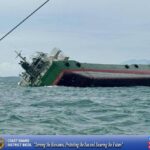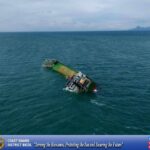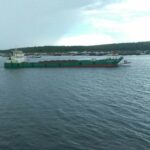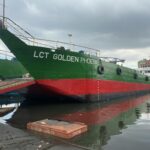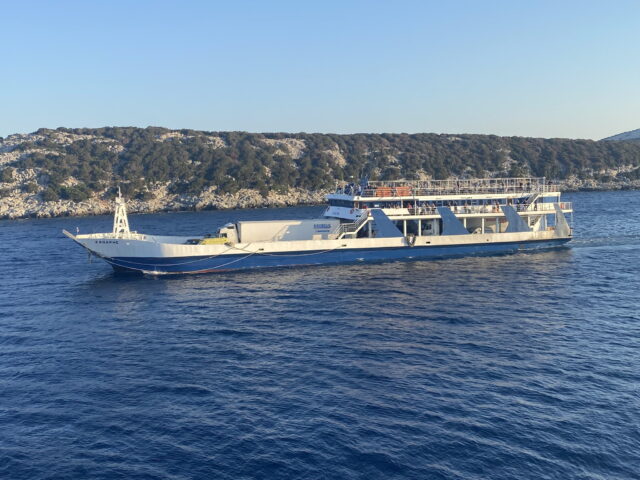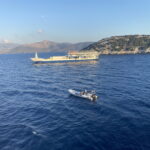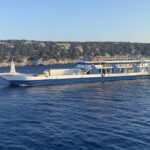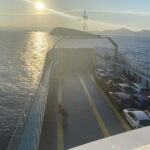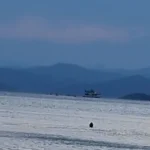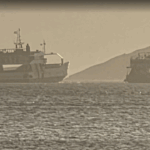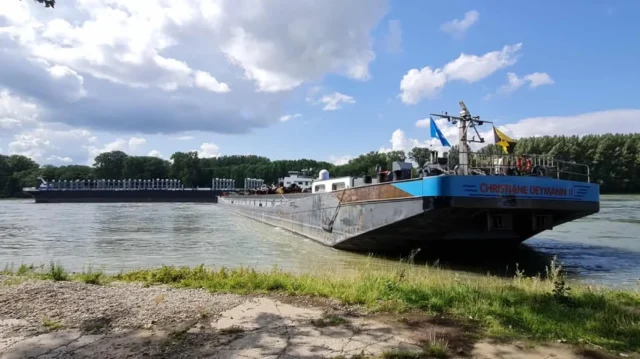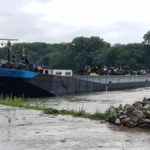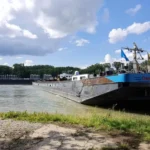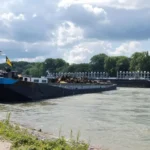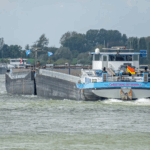LCT Golden Phoenix
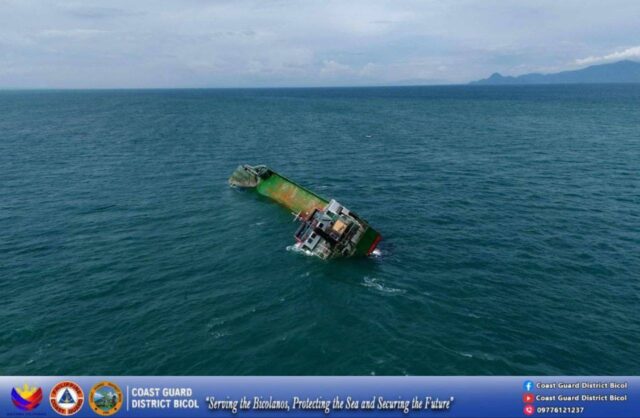
On August 7, the ~55 meter long, ~650 dwt ro-ro landing craft/cargo vessel LCT Golden Phoenix ran aground off San Miguel Bay near Camarines Sur, Philippines. The Philippine Coast Guard reported the LCT Golden Phoenix was carrying a cargo of construction materials when it was blown aground due to strong winds and currents in the bay. The 13 crew on board were rescued by the Coast Guard and there were no reports of injuries.
Local authorities and the Philippine Coast Guard were monitoring the cargo vessel for any release of pollution. Reports stated the vessel developed a sharp list to port after it ran aground with part of its railings were submerged. An aerial survey showed the cargo of construction materials had fallen overboard, but authorities have not reported any environmental damage. Authorities do state the vessel’s owner have arranged for divers to inspect the hull and preparing plans to salvage the vessel. An initial attempt to conduct a full inspection had to be delayed due to rough sea conditions.
Details about the vessel and registration for the LCT Golden Phoenix were not clear. The length and dwt of the vessel is an approximation. The owners of the LCT Golden Phoenix may be the Rline Transport Inc based in Manila, Philippines, but this has not been confirmed.
